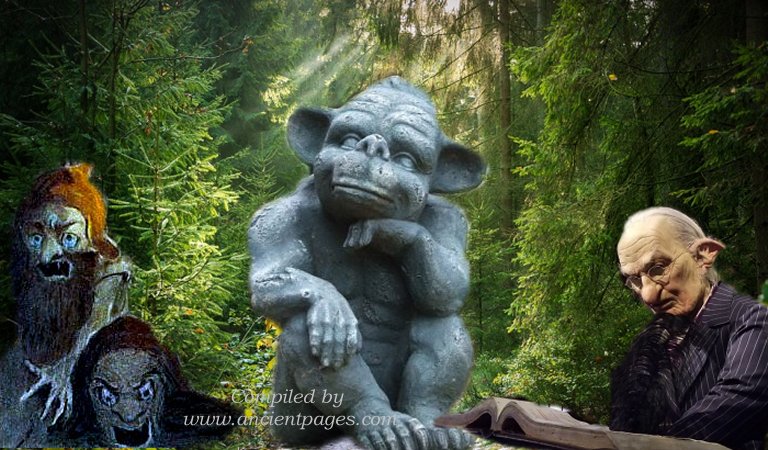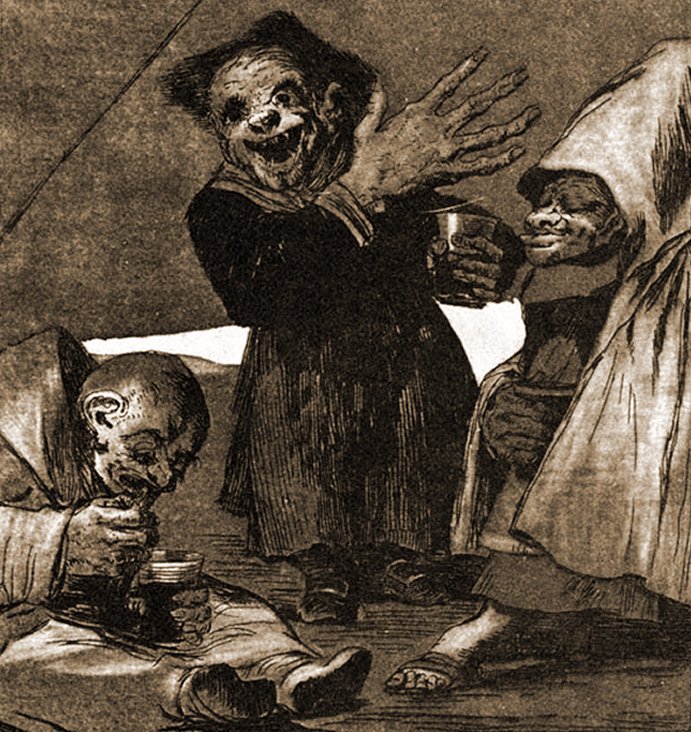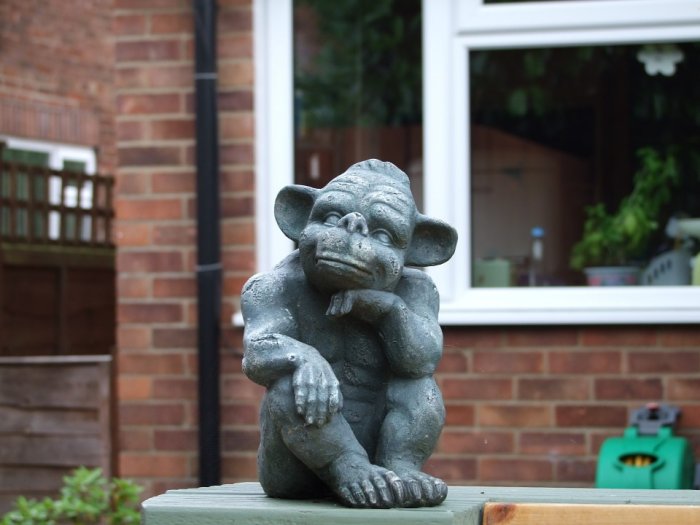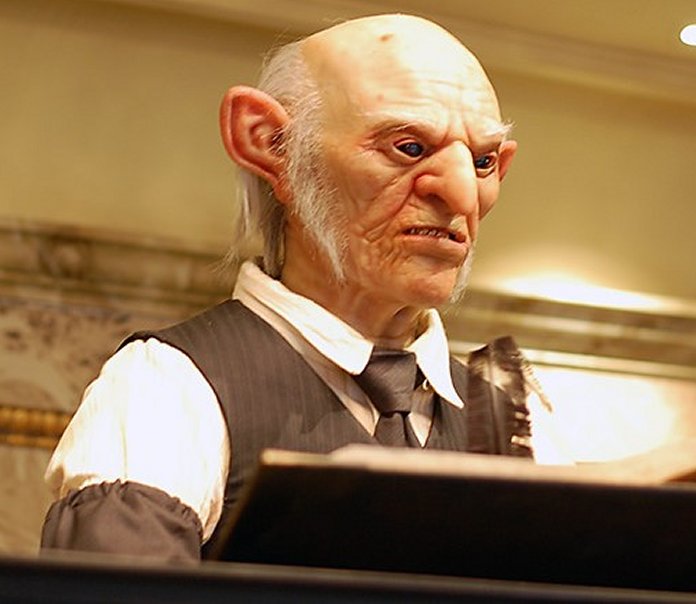Goblins: Antisocial, Grotesque, Ugly And Vengeful Fairy Creatures In Ancient Beliefs
A. Sutherland - AncientPages.com - In ancient legends of European cultures, there are numerous references to antisocial and ugly creatures called – goblins. However, they can also be found in the folklore of people living outside the European continent.
Generally, all tales describe them as ugly, strange, grotesque fairy creatures capable of mischievous and often evil behavior. They are associated with troubles.
Goblin Has Many Names
The name 'goblin' may derive from the Greek 'kobalos,' which means 'villain' (or 'rogue'). Its Latin name is 'cobalus' while its French name is 'gobelin,' and in German tales, this creature is 'cobalt.' Today, we know it under its English name: 'goblin,' and this name characterizes evil and malicious spirits.
Tradition has it that they originate from a particular tribe of gnomes ruled by Ghob, and according to ancient tradition, other gnomes called them – 'ghob-lings.'
Appearance, Their Place Of Living What Is Their Occupation
Goblins are creatures having human characteristics, but their look is unappealing.
Goblins, called duendes in Spain, Portugal and South America. Image credit: Francisco Goya (1799) Public Domain
They are small (dwarfish) and grotesque, about the size of a fairy tale dwarf; however, giant goblins, whose height can reach two meters, are mentioned in the mythology of the Germanic peoples. Goblins have enormous ears and noses, dark skin, and yellow, filthy teeth.
Goblins prefer to dwell in caves, rock crevices, and roots of ancient trees in isolated places and hardly accessible mountain regions. They smash pots, pull sleeping people out of bed, pull pajamas off, and make noises while moving furniture at night. They can even enter houses or disturb people by knocking on doors and walls and immediately disappear.
Statue of a goblin. Credit: Public domain
Unfamiliar with the people's concept of ethics and morality, the goblins do bad things just for fun.
Goblins usually do not stay in one place for too long. They try to find a place to live where the humans cannot spot them. Legends say they stay home hiding during the day and go out roaming at night once all the humans are in bed. Goblins like to cause trouble, and the nighttime gives the creatures a perfect opportunity to wreak havoc for humanity without getting busted.
Goblins are said to be lazy, tiny creatures that enjoy doing nothing, and in case of danger, they prefer to escape as soon as possible and hide. In addition to playing tricks, some goblins are shapeshifters, taking on animal form but avoiding taking a human form.
They are said to be capable of casting spells on a person, creating disturbing nightmares to trouble people, or even stealing away their children and, occasionally, women.
The children are sometimes replaced with goblin babies or changelings.
A model of Goblin from the Harry Potter series. Credit: Wikipedia, CC BY 2.0
In the famous Harry Potter series by J.K. Rowling, goblins have been featured in literature and several fantasy movies and portrayed as small, greedy, and cunning creatures that run Gringotts Bank in Diagon Alley.
Goblin Has A Cousin - Hobgoblin
The goblin's literary relative is the hobgoblin, a creature whose character is slightly more pleasant. A popular hobgoblin is Puck, also known as Robin Goodfellow. The idea of hobgoblins is associated with the advent of Christianity. It was necessary to separate the evil from good. While the hobgoblins are perceived positively, the goblins are blamed for everything wrong.
Goblins gave rise to the image of gremlins that later appeared in modern folklore.
In some regions of Borneo, people consider these creatures are the souls of the dead. The Dyaks tribe of Borneo believes their forests are full of hostile goblins that are evil spirits. These dangerous shapeshifters lurk in deep, dark woods, ready to assume weird shapes whenever possible.
Ancient beliefs of the Dyaks have survived until today, and they warn about walking the forest alone. The goblins can steal a person's soul and leave them unaware of the loss.
Written by – A. Sutherland - AncientPages.com Senior Staff Writer
Updated on August 21, 2022
Copyright © AncientPages.com All rights reserved. This material may not be published, broadcast, rewritten or redistributed in whole or part without the express written permission of AncientPages.com
More From Ancient Pages
-
 Yamna Culture Started Cannabis Trade 5,000 Years Ago
Ancient History Facts | Aug 6, 2016
Yamna Culture Started Cannabis Trade 5,000 Years Ago
Ancient History Facts | Aug 6, 2016 -
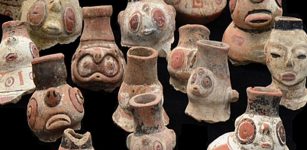 Ancient DNA Tells Story Of Caribbean’s Early Humans
Archaeology | Dec 28, 2020
Ancient DNA Tells Story Of Caribbean’s Early Humans
Archaeology | Dec 28, 2020 -
 Aztec Skull Whistles: Unique, Terrifying Instruments With Scary And Scream-Like Nature That Paralized Human’s Mind
Archaeology | Nov 18, 2024
Aztec Skull Whistles: Unique, Terrifying Instruments With Scary And Scream-Like Nature That Paralized Human’s Mind
Archaeology | Nov 18, 2024 -
 LIDAR Discovers Mysterious Maya Underground Chamber In The Rainforest
Archaeology | Jul 22, 2024
LIDAR Discovers Mysterious Maya Underground Chamber In The Rainforest
Archaeology | Jul 22, 2024 -
 On This Day In History: Germany Invades Poland – On Sep 1, 1939
News | Sep 1, 2016
On This Day In History: Germany Invades Poland – On Sep 1, 1939
News | Sep 1, 2016 -
 Enigmatic, Grand Neolithic Dolmen Roche-aux-Fées Built By Fairies And Steeped In Aura Of Love And Hope
Featured Stories | Jan 9, 2025
Enigmatic, Grand Neolithic Dolmen Roche-aux-Fées Built By Fairies And Steeped In Aura Of Love And Hope
Featured Stories | Jan 9, 2025 -
 Forbidden Ancient Manuscripts Almost Erased From History – Secret Teachings Of Mysterious Founder – Part 1
Ancient Mysteries | May 10, 2018
Forbidden Ancient Manuscripts Almost Erased From History – Secret Teachings Of Mysterious Founder – Part 1
Ancient Mysteries | May 10, 2018 -
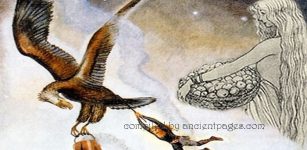 Abduction Of Idun, Goddess-Keeper Of Golden Juvenile Apples In Norse Mythology
Featured Stories | Nov 16, 2019
Abduction Of Idun, Goddess-Keeper Of Golden Juvenile Apples In Norse Mythology
Featured Stories | Nov 16, 2019 -
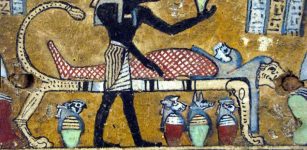 Unique Chinchorro Burial Tradition For All And Ancient Egyptians Who Mummified Kings And Nobles Only
Ancient Traditions And Customs | Nov 1, 2017
Unique Chinchorro Burial Tradition For All And Ancient Egyptians Who Mummified Kings And Nobles Only
Ancient Traditions And Customs | Nov 1, 2017 -
 Oldest Human Genome From The Iberian Peninsula Helps Reconstructing Human History
Archaeology | Mar 1, 2023
Oldest Human Genome From The Iberian Peninsula Helps Reconstructing Human History
Archaeology | Mar 1, 2023 -
 On This Day In History: Fatal Fire Broke Out In Tre Kronor “Three Crowns” Castle, Stockholm, Sweden – On May 7, 1697
News | Dec 7, 2021
On This Day In History: Fatal Fire Broke Out In Tre Kronor “Three Crowns” Castle, Stockholm, Sweden – On May 7, 1697
News | Dec 7, 2021 -
 Mystery Why Vikings Left Greenland Has Been Solved By Scientists
Archaeology | Mar 23, 2022
Mystery Why Vikings Left Greenland Has Been Solved By Scientists
Archaeology | Mar 23, 2022 -
 On This Day In History: Eminent Scottish Inventor Graham Bell Born – On Mar 3, 1847
News | Mar 3, 2017
On This Day In History: Eminent Scottish Inventor Graham Bell Born – On Mar 3, 1847
News | Mar 3, 2017 -
 DNA In Viking Poop Sheds New Light On 55,000-Year-Old Relationship Between Gut Companions
Archaeology | Sep 5, 2022
DNA In Viking Poop Sheds New Light On 55,000-Year-Old Relationship Between Gut Companions
Archaeology | Sep 5, 2022 -
 Ingenious Paleolithic 3D Map Was Discovered In The Ségognole 3 Cave South Of Paris, France
Archaeology | Jan 15, 2025
Ingenious Paleolithic 3D Map Was Discovered In The Ségognole 3 Cave South Of Paris, France
Archaeology | Jan 15, 2025 -
 Ancient History Of Body Modification In Mesoamerica Practiced By The Aztecs, Maya And Olmecs
Ancient Traditions And Customs | Jul 12, 2017
Ancient History Of Body Modification In Mesoamerica Practiced By The Aztecs, Maya And Olmecs
Ancient Traditions And Customs | Jul 12, 2017 -
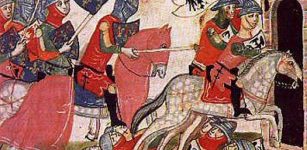 On This Day In History: The Battle Of Benevento Was Fought – On February 26, 1266
News | Feb 26, 2017
On This Day In History: The Battle Of Benevento Was Fought – On February 26, 1266
News | Feb 26, 2017 -
 On This Day In History: Great Siege of Malta: Ottoman Forces Made Attempt To Conquer Malta And Failed – On May 18, 1565
News | May 18, 2016
On This Day In History: Great Siege of Malta: Ottoman Forces Made Attempt To Conquer Malta And Failed – On May 18, 1565
News | May 18, 2016 -
 Intriguing Genetics: First Ancient Irish Human Genomes – Sequenced
Archaeology | Dec 29, 2015
Intriguing Genetics: First Ancient Irish Human Genomes – Sequenced
Archaeology | Dec 29, 2015 -
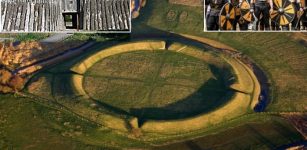 Great Viking Fortresses Built By King Harald Bluetooth
Featured Stories | Dec 12, 2022
Great Viking Fortresses Built By King Harald Bluetooth
Featured Stories | Dec 12, 2022

